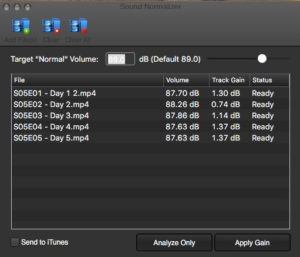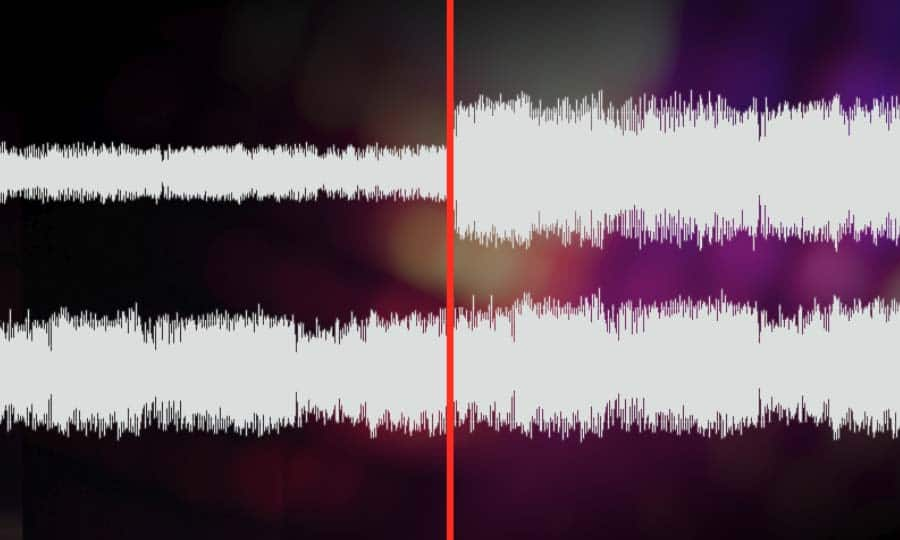

This app only deals with audio converting and just copies the video untouched into the new mkv/mp4 that it outputs. I have had a lot of success using the LOUDNORM filter with the apps default settings. Then, apply the chain (File -> Apply Chain) to the audio files you want batch processed and normalized. You can choose from 2 different audio filters to normalize the volume, LOUDNORM & DYNAUDNORM (I like LOUDNORM). Audacity batch processes uses chains, which can be found through File -> Edit Chains. However, Windows 10, similar to Windows 8.1, Windows 7, and older versions, features an option that allows to normalize volume for the entire system.Īll content on this site is provided with no warranties, express or implied. Since it appears that you are running on Windows, you might need to get Lame for Audacity to work with and export. It is important to note that most media applications include some sort of “loudness equalization” or “volume normalization” feature. As you probably noticed this option “reduces perceived volume differences,” which makes quiet and loud sounds easier to hear. In addition, you can also use the Loudness Equalization option on Windows 10 to boost sound volume, even when you max it out, and you’re still hearing things too low.

Once you complete the steps, you should now be able to watch shows online or listen to music with a consistent volume level.

Usually, the audio music tracks have loudness from 93 to 96 decibels.
#AUDIO NORMALIZATION WINDOWS 10 FULL#
For example, -18 dBFS (decibels relative to full scale). The decibel value of an audio file is its loudness limit. Audio Normalization means that the loudest parts of an audio signal are set to a specific value.
#AUDIO NORMALIZATION WINDOWS 10 HOW TO#
Learn how to normalize sounds with Loudness Equalization on Windows 10 from this video. The Volume normalization feature gives you balanced audio output irrespective of different decibel levels that may exist in various audio tracks. First, run the Playing audio troubleshoot - open Start > Settings > Update & security > Troubleshoot Scroll down, select Playing audio Click Run the troubleshooter When complete, restart your computer then check if audio is working again. Use these steps to change the sound settings to normalize volume on Windows 10: Learn how to normalize sounds with Loudness Equalization on Windows 10 from this video. Description Type Rating Reviews Dynamic Audio Normalizer NEW VERSION 2.10 / 2. How to normalize volume sound using Loudness Equalization option # In this guide, you will learn the steps to enable “Loudness Equalization” to normalize the output sound on Windows 10. If you are dealing with different sound levels for contents, you can quickly normalize the audio on Windows 10 to have a consistent sound volume level across applications and web browsers when watching shows online or listening to music. Download Dynamic Audio Normalizer 2.


 0 kommentar(er)
0 kommentar(er)
